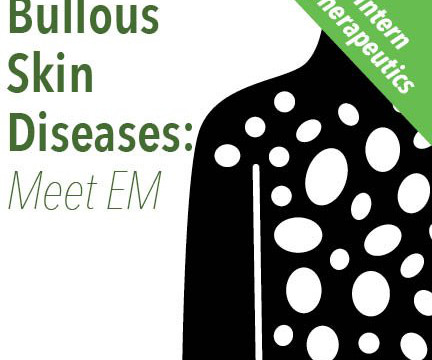Bullous Skin Lesions, Meet Emergency Medicine
Taming the SRU
AUGUST 27, 2024
Mortality rates related to bullous skin lesions are typically related to disruption of the skin barrier and include subsequent dehydration, electrolyte imbalances, hypothermia, increased metabolic needs, and secondary infection leading to bacteremia and/or sepsis. Crit Care Med 2014; 42:118. J Am Acad Dermatol 2019; 81:686.












Let's personalize your content